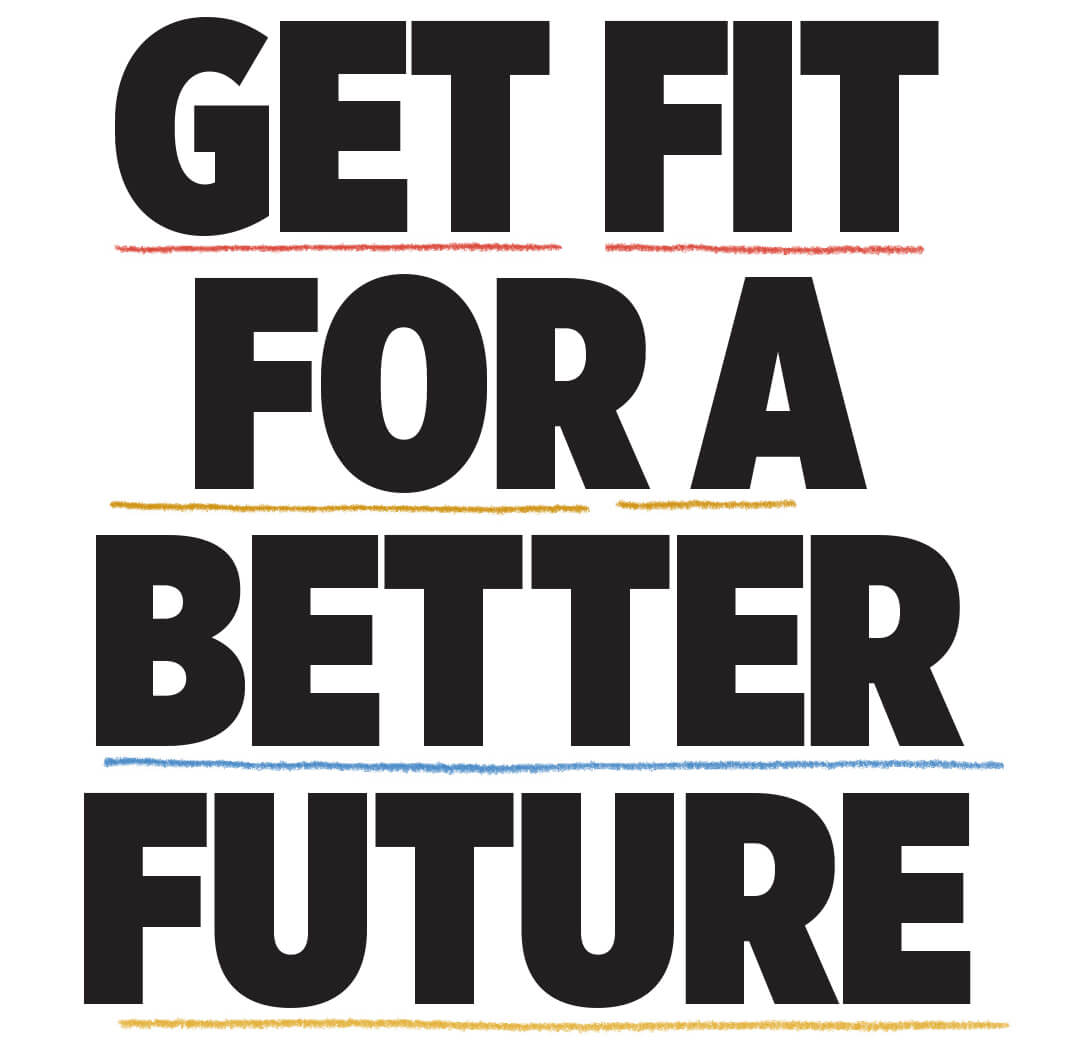
7 simple exercises that will prepare you to live your best life for years to come
BY MYATT MURPHY
ILLUSTRATIONS BY PETER OUMANSKI
WHETHER IT’S KEEPING up with grandkids, enjoying your favorite sports and hobbies, or just doing ordinary chores without discomfort, you have a choice: You can take steps today to keep the strength, flexibility and fitness you need to live your best life, or you can struggle in the future to regain what you’ve lost.
Age can hamper our ability to move through life. So we asked Conner Lorenzo, director of operations in fitness science at University of Rochester Orthopaedics and Physical Performance, and others from the University of Rochester, to name some of the most common activities people have trouble with as they get older. Then we asked what people over 50 can do today to ensure they can continue to enjoy those activities well into the future.
The result: a list of seven everyday activities, each paired with an exercise that can help preserve your capabilities for a lifetime. These exercises can also minimize your risk of falls, injuries, and other major health and wellness issues that can result from the gradual loss of strength, flexibility and balance over time.
In adults 60 and over, more time spent being physically active may improve health-related quality of life and well-being, researchers at the University of Cambridge have found. So consider this set of exercises the physical equivalent of investing in a retirement account.

THE ACTIVITY
Carrying Groceries
WHEN YOU walk while holding an object, one side of your body usually works a little harder than the other. This stresses various muscles unevenly, and any weak link in your body’s chain can result in pain and stiffness, making the simple task difficult.
“Adding an exercise that strengthens your glutes, core, pelvic stabilizers, shoulders, upper back, forearms, and especially your wrists and hands, can keep your body prepared for anything,” says Julianna M. Gatto, physical therapist at the University of Rochester Physical Medicine and Rehabilitation.
THE EXERCISE
Farmer’s Carry
For this exercise, you’ll need a dumbbell or any weighted object you can hold with one hand. “Choose a weight that’s heavy enough to challenge you but doesn’t make it difficult to keep your balance as you walk,” advises Gatto. A reuseable shopping bag containing some cans of soup could do the trick.
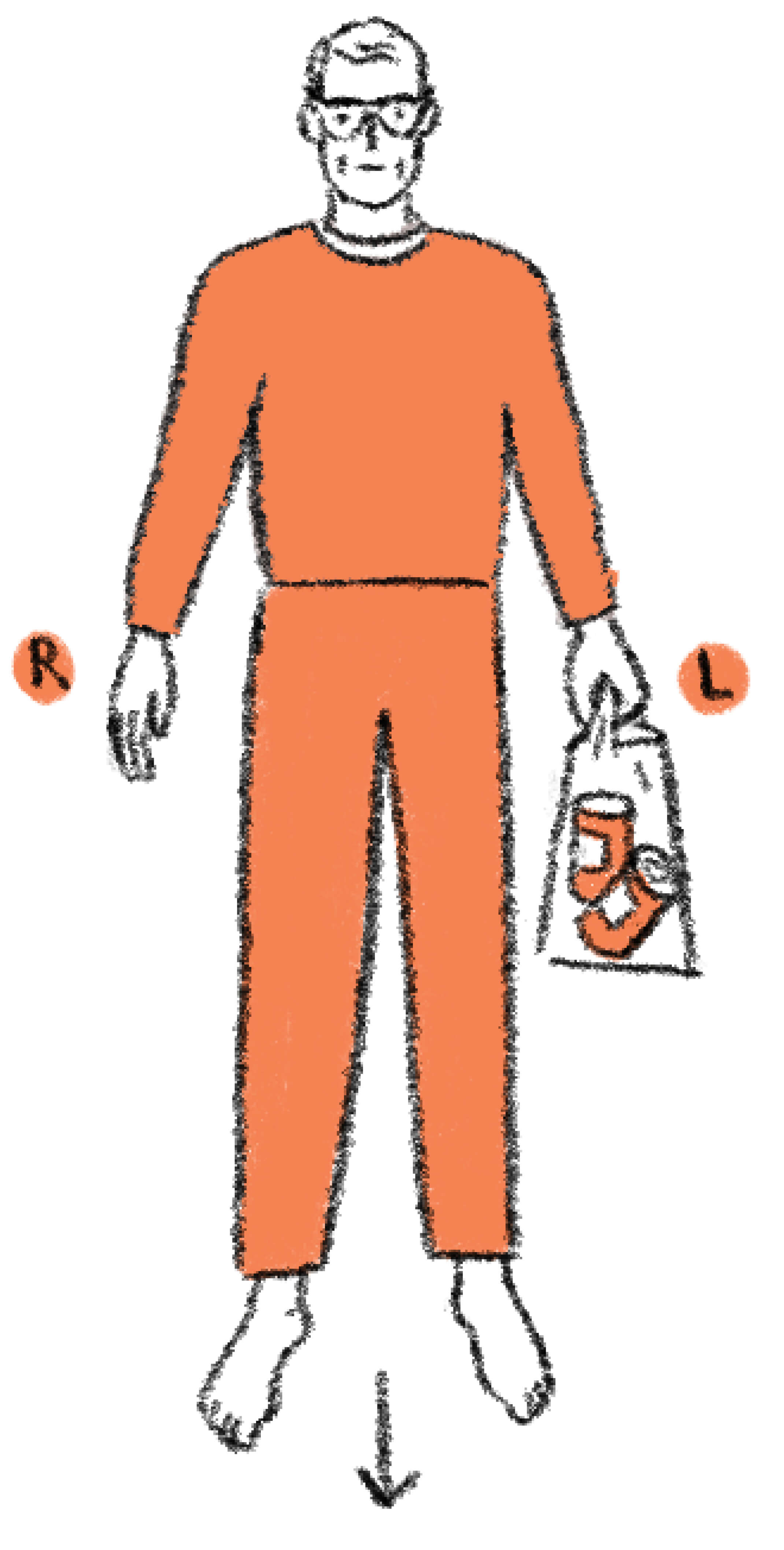
1. Hold the weight in your left hand and let your arms hang straight down at your sides. Stand upright with your feet hip-width apart, core muscles contracted, and your shoulder blades pulled back toward each other. Holding this posture, walk forward about 10 to 15 feet. Stop, turn around, switch the weight to your right hand, then retrace your steps.
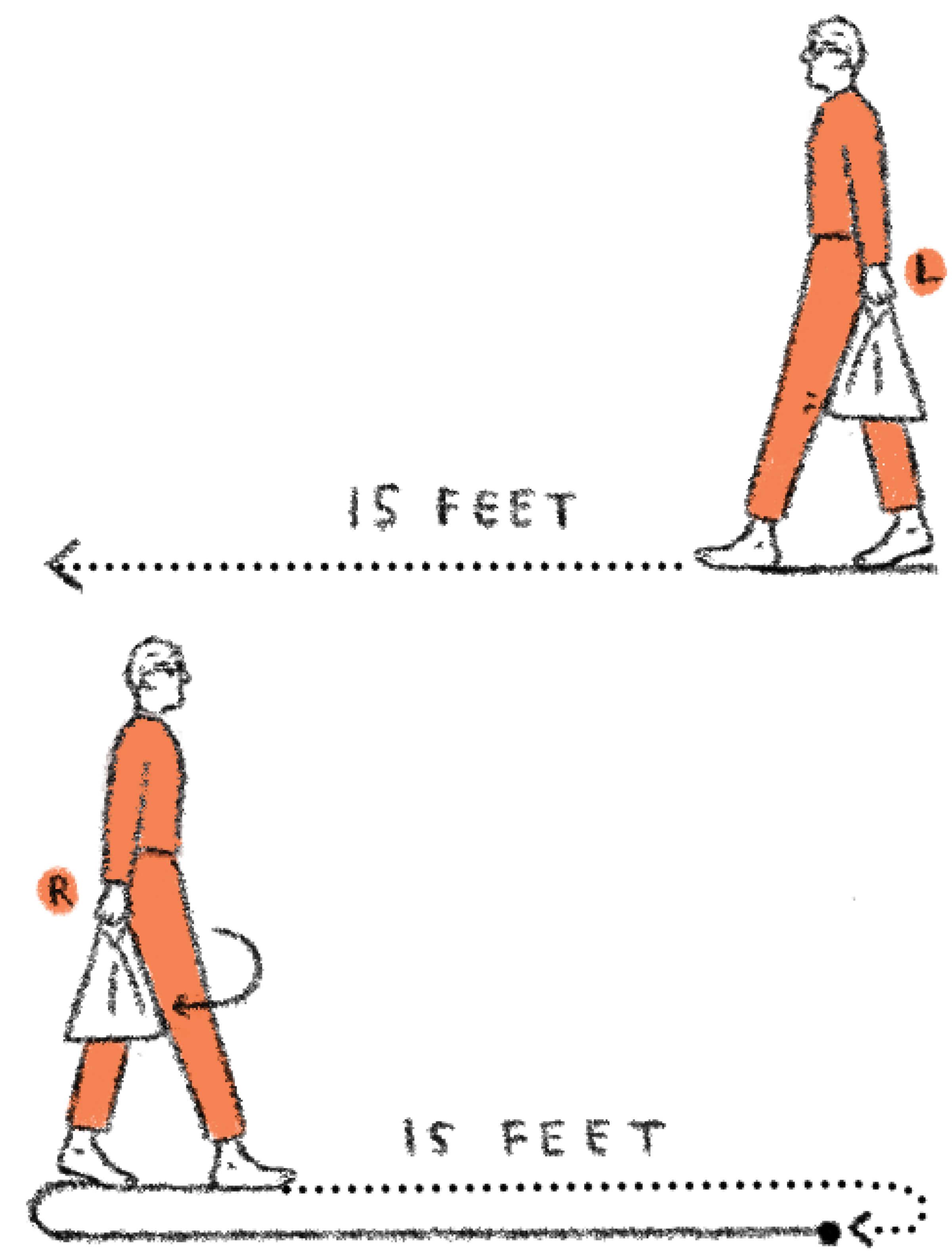
2. Repeat a total of 6 to 8 times. Keep your shoulders even as you walk—if you start to sag toward the weighted side, either correct your posture or switch to a lighter weight.
TIP
Instead of keeping your arm by your side, try changing the position of your working arm to mimic different situations (such as holding a child on your hip or a box in front of you, for example).
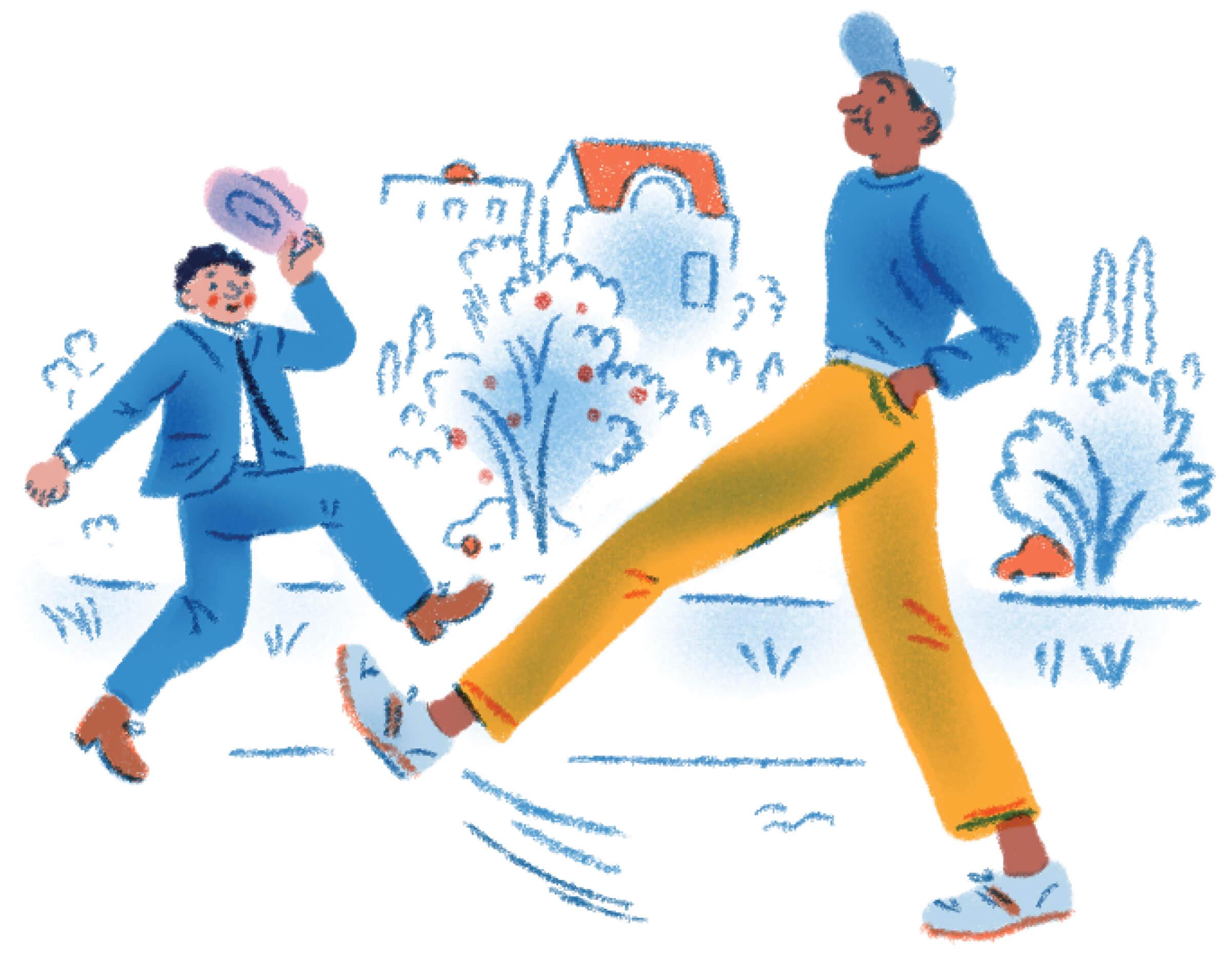
THE ACTIVITY
Walking Pain-Free
ONE OF the biggest impediments to walking comfortably is hip pain, Lorenzo says. But the source of that pain may surprise you.
“There’s a very strong correlation between hip pain and ankle immobility,” Lorenzo says. When our ankles get stiff, we adjust our stride to accommodate our lack of mobility; that can eventually lead to sore hips. This exercise strengthens the muscles that run up the front of your shins, helping to reduce your risk of pain when walking up or down hills; it also loosens up the Achilles tendon and the muscles of the lower leg.
THE EXERCISE
Tibialis Anterior Raise
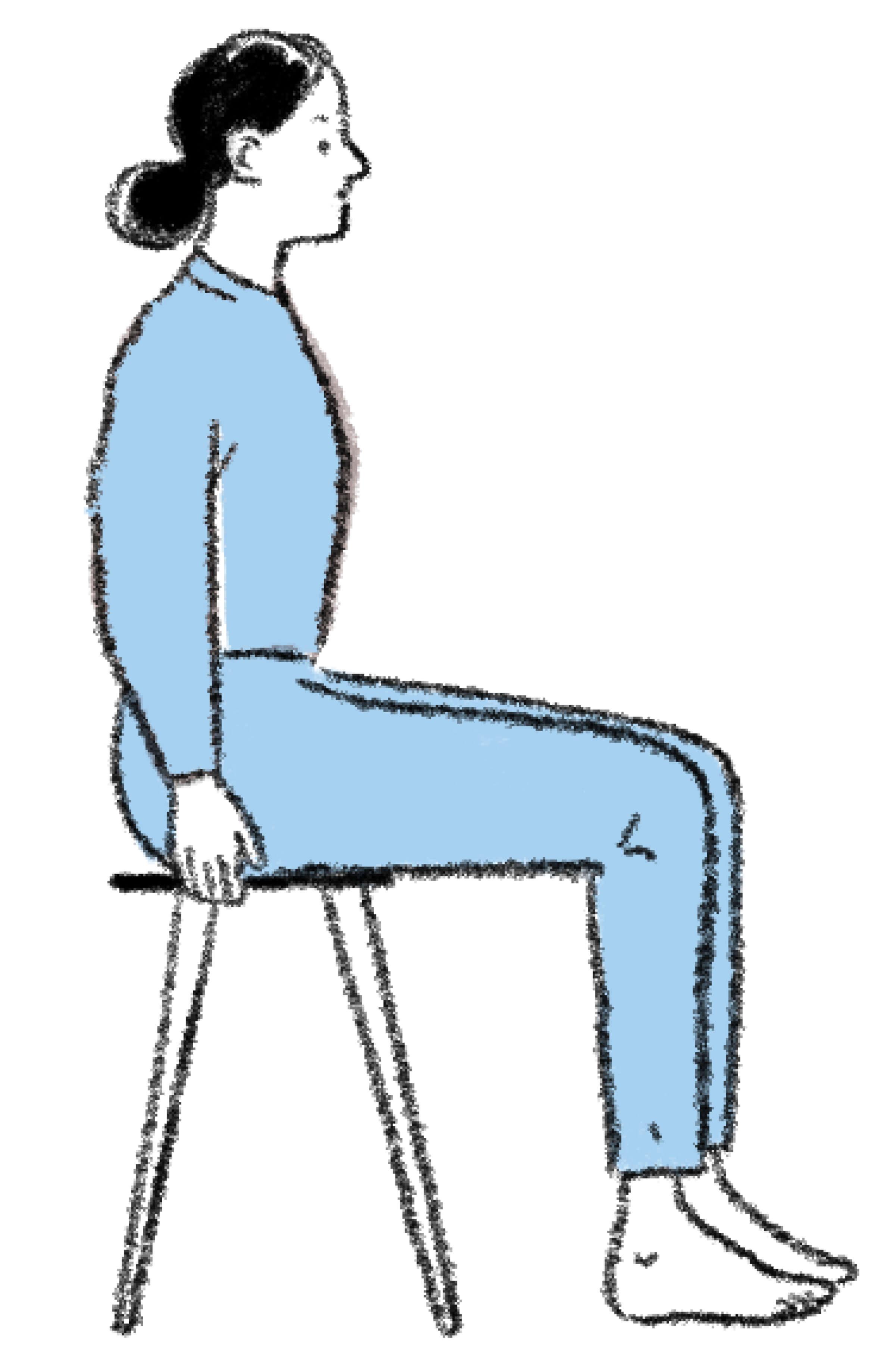
1. Sit on a chair or bench with your knees bent, feet flat on the floor. Raise your left foot off the floor a few inches, and straighten your left leg out in front of you. Holding this position, slowly draw your toes back toward your shin as far as you comfortably can. Hold this flexed position for 1 to 2 seconds, then reverse the motion by pointing your toes forward and down.
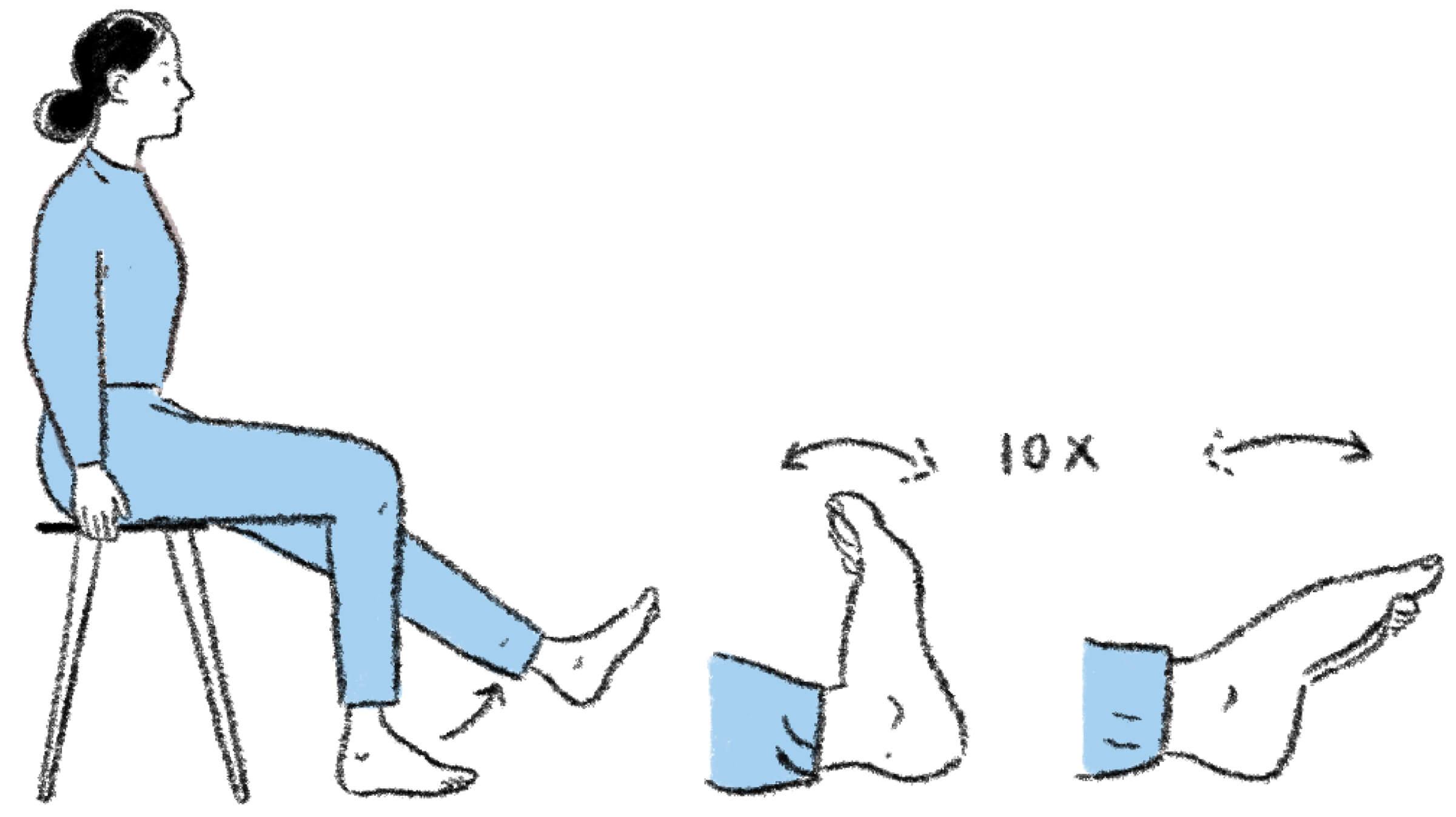
2. Flex and extend your left foot for a total of 10 repetitions, then switch legs (extending your right leg out in front of you) to work your right ankle. Perform 2 to 3 sets for each foot.
TIP
As you get more comfortable with the move, try adding resistance: Drape a towel over the top of your foot to make curling your foot toward you more difficult. The heavier the towel, the greater the resistance.
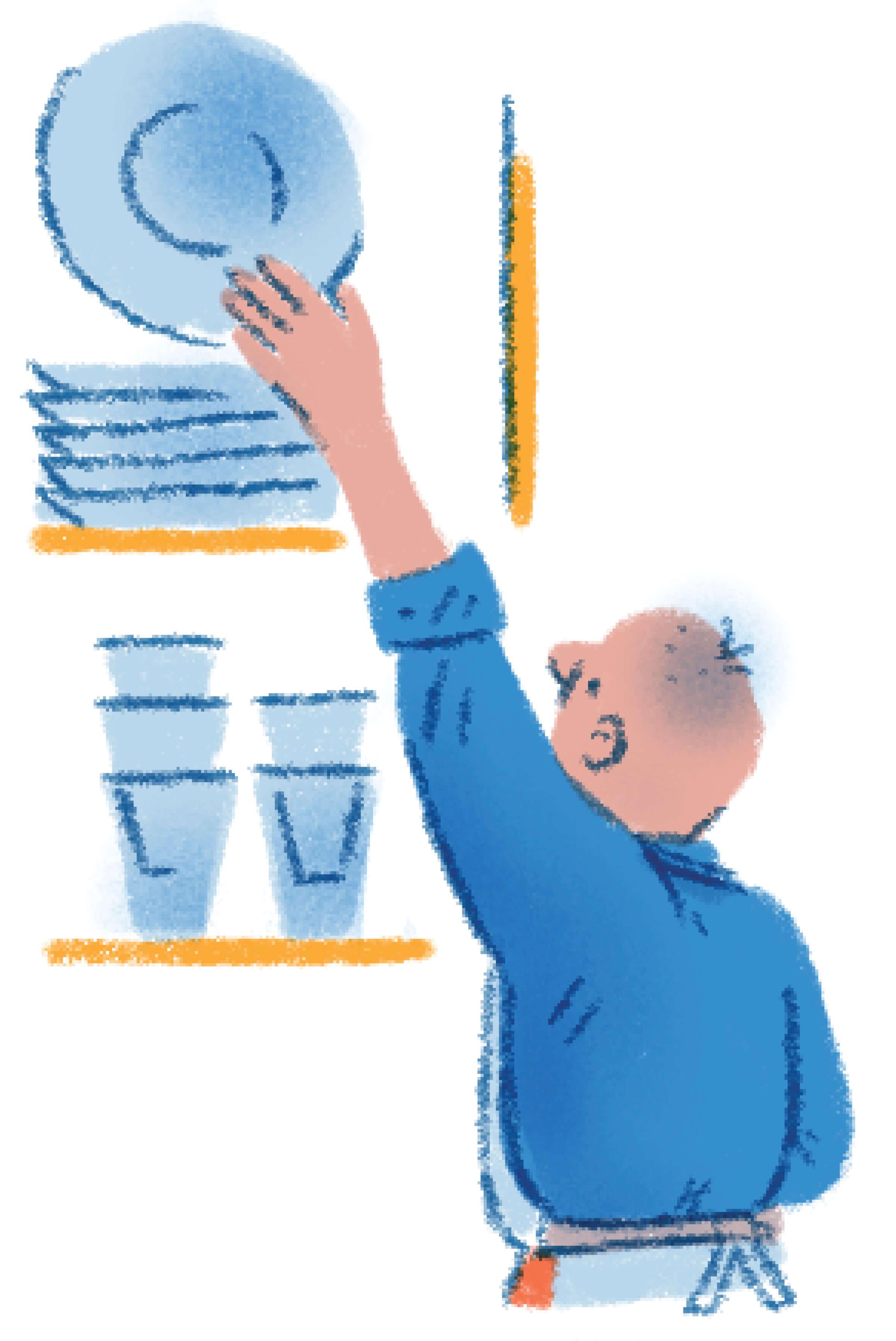
THE ACTIVITY
Putting Away Dishes
REACHING UP high to put things away in your cabinets, stow luggage in the overhead compartment of an airplane, or toss a basketball into a hoop is as much about mobility as it is about strength. “Though having strong rotator cuff muscles can make lifting things overhead less difficult and safer,” Lorenzo says, “the starting point for most people is improving the overall range of their shoulder joint so they can raise their arms more easily.”
THE EXERCISE
Controlled Articular Rotations
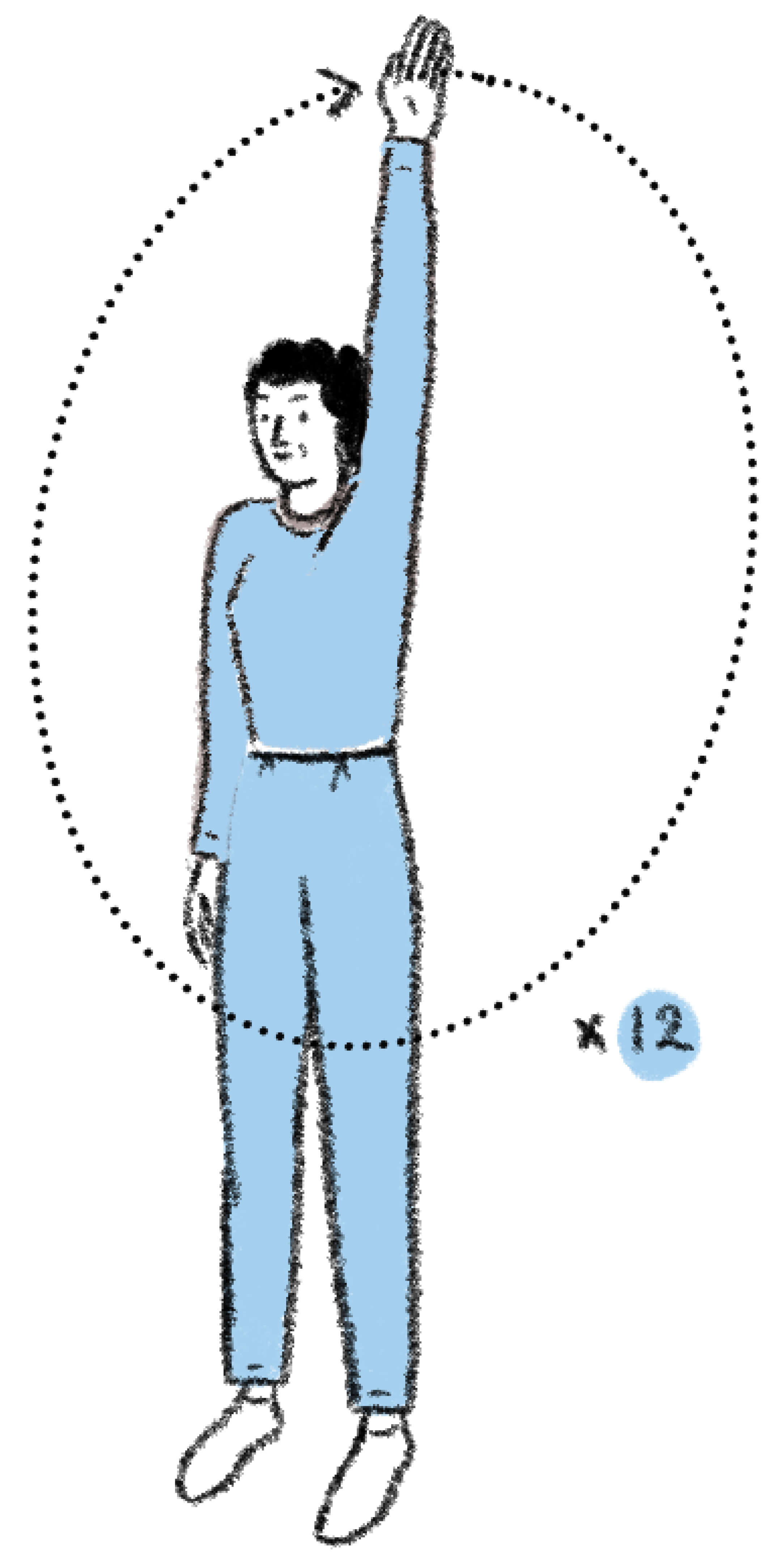
1. Stand with your arms down by your sides. Keeping your left arm straight, rotate it in a circle by raising it up and out in front of you, then overhead and back down behind you until you return to the starting position. (Your right arm should remain motionless.) Imagine you’re drawing a big circle at your side, and try to bring your shoulder through the greatest range of motion possible. Do two sets of 12 circles with each arm.
TIP
“The only thing that should be moving is your working arm,” says Lorenzo. “Twisting your torso or hips only minimizes the effort placed on your shoulder joint.”
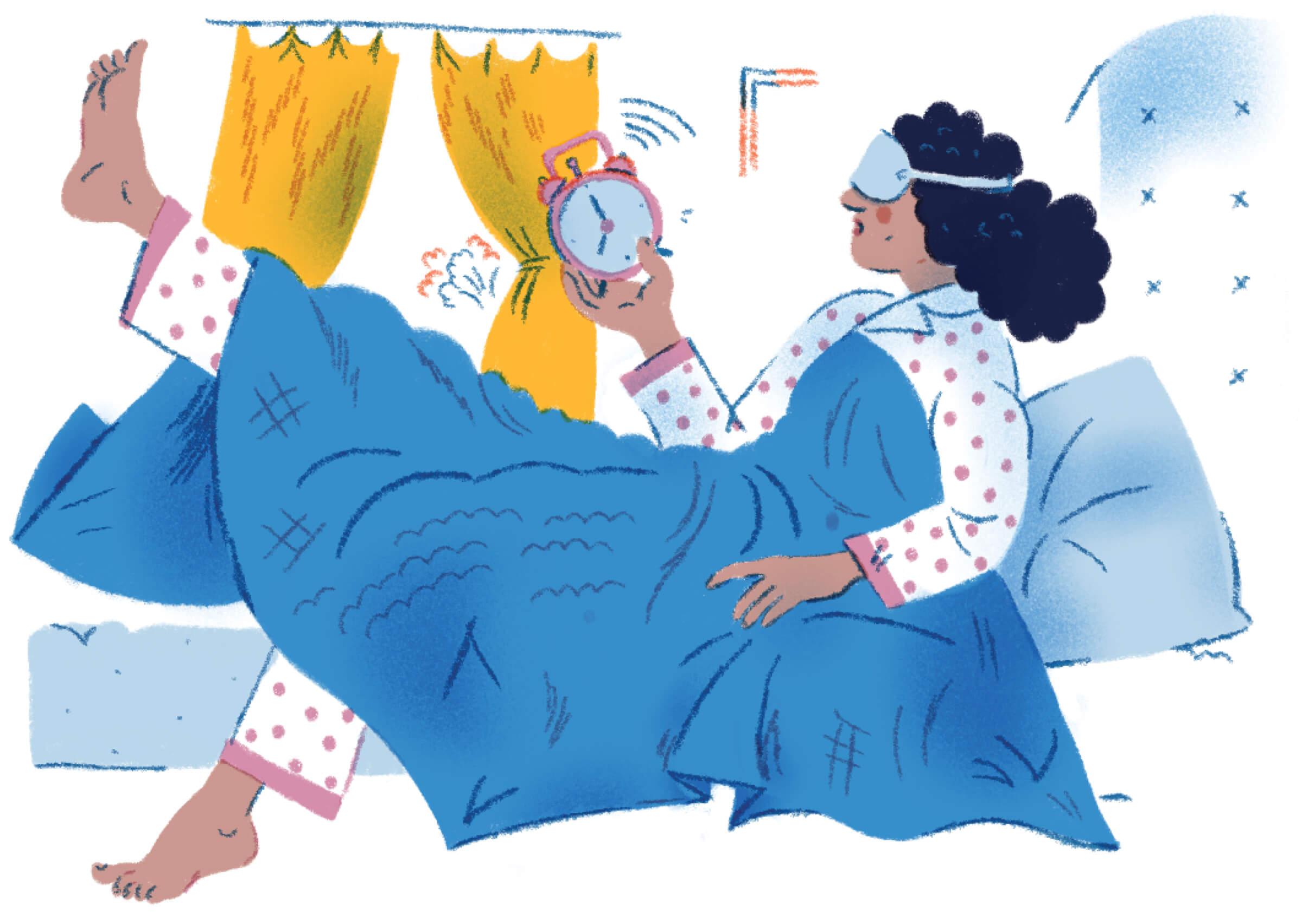
THE ACTIVITY
Sliding Out of Bed
“GETTING OUT of bed is a much different movement than lifting yourself up from a chair,” Gatto says, “because your hips have to rotate as you get up.” This move targets the muscles involved (including your core, hip flexors, abductors, adductors, external rotators and pelvic stability muscles) and will make exiting a vehicle or tub easier to do, too.
THE EXERCISE
Standing Hurdles
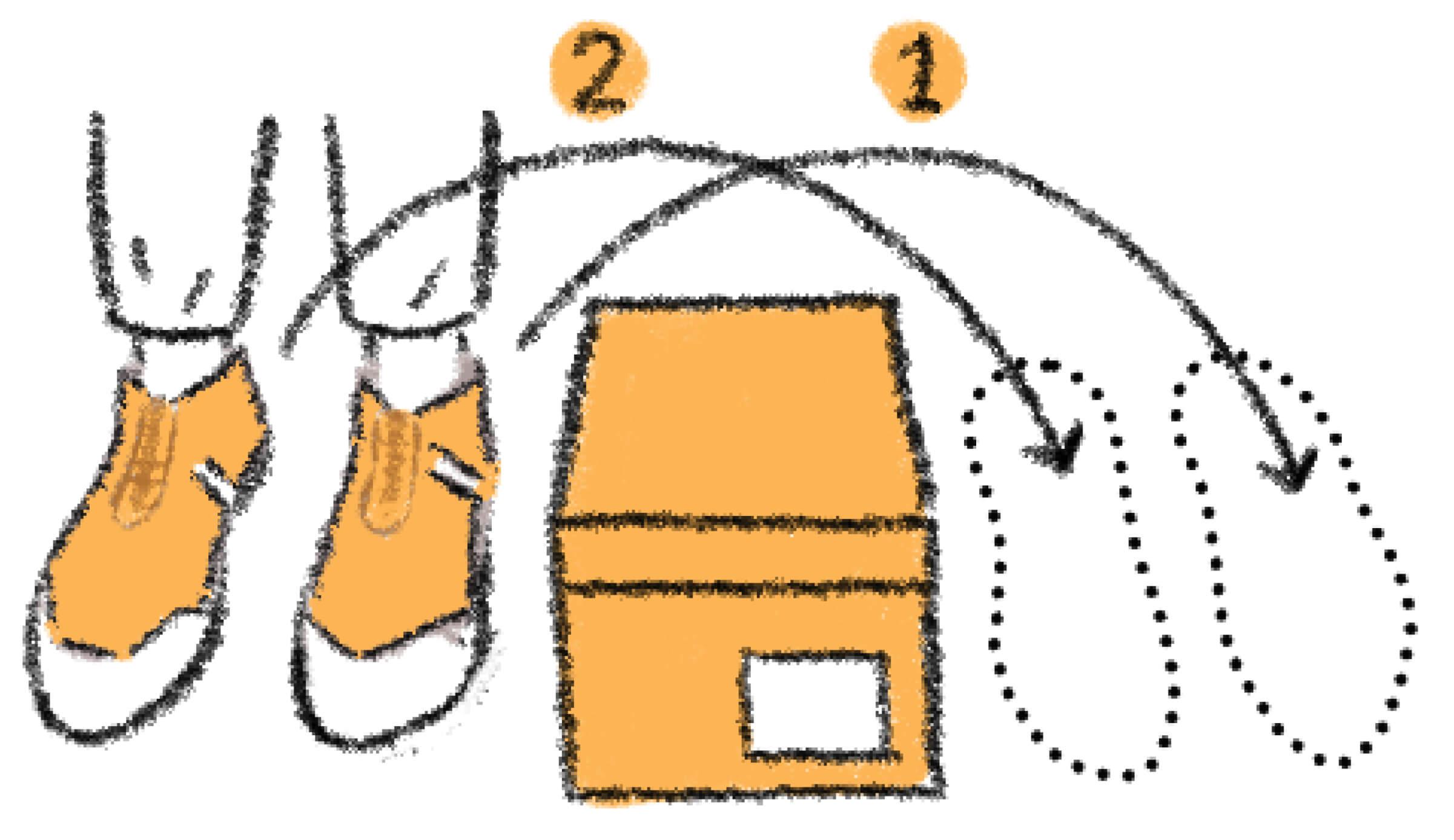
1. Stand next to a sturdy chair and place a box or stack of towels along the outside of your left foot. Keeping an eye on your feet and a hand on the chair for balance, step your left foot up and over the box, then step your right foot up and over. Reverse the motion by stepping your right foot up and over, followed by your left. Do 10 to 15 reps, then place the box along the outside of your right foot and repeat.
TIP
To challenge your balance more, try the exercise without using a support, or look forward instead of at your feet while stepping over the box.
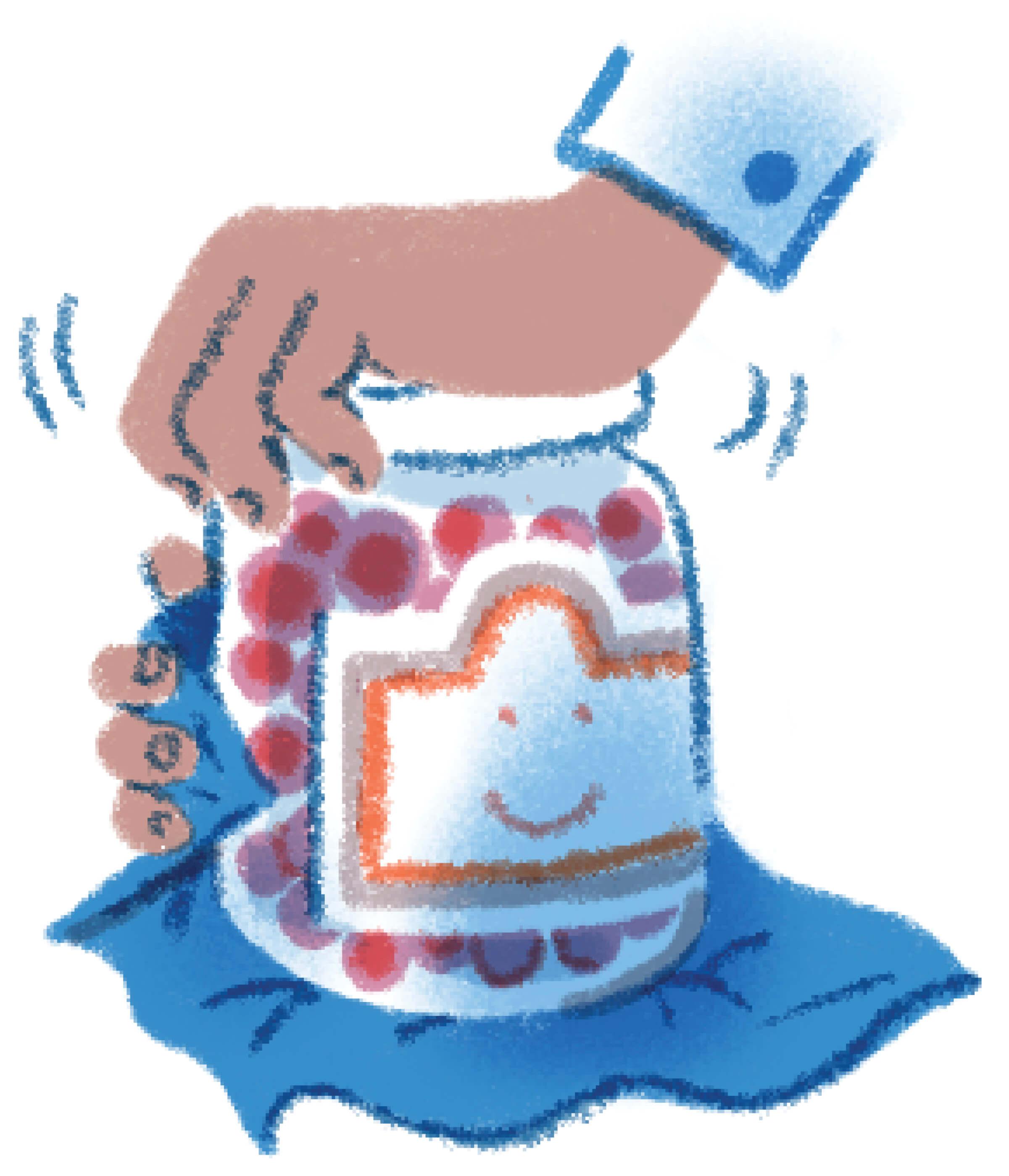
THE ACTIVITY
Opening Jars
STRONG HANDS and forearms make life easier. “Whether it’s turning keys, opening doors, holding a pet’s leash, or maintaining a firm, safe grip on knives when cooking, your grip strength goes beyond being able to twist something open,” Gatto says. Grip strength has been associated with one’s risk for frailty and cognitive decline. A strong grip also keeps you safer by making it easier to hold onto handles and railings, as well as being able to catch yourself if you lose your balance.
THE EXERCISE
Multidirectional Towel Squeezes
1. Hold a loosely scrunched washcloth in your right hand with your right arm in front of you, palm facing the ceiling. Squeeze the washcloth as tightly as you can for one second, then relax your grip. Repeat at a quick pace for 20 seconds.

2. Turn your wrist so your palm faces toward your left. Repeat for 20 seconds, then finish by facing your palm down toward the floor for a final 20 seconds. Repeat for each hand 2 to 3 times.
TIP
You don’t need to open your hand fully after each squeeze. Just relax your fingers enough so that you’re still loosely holding the washcloth.
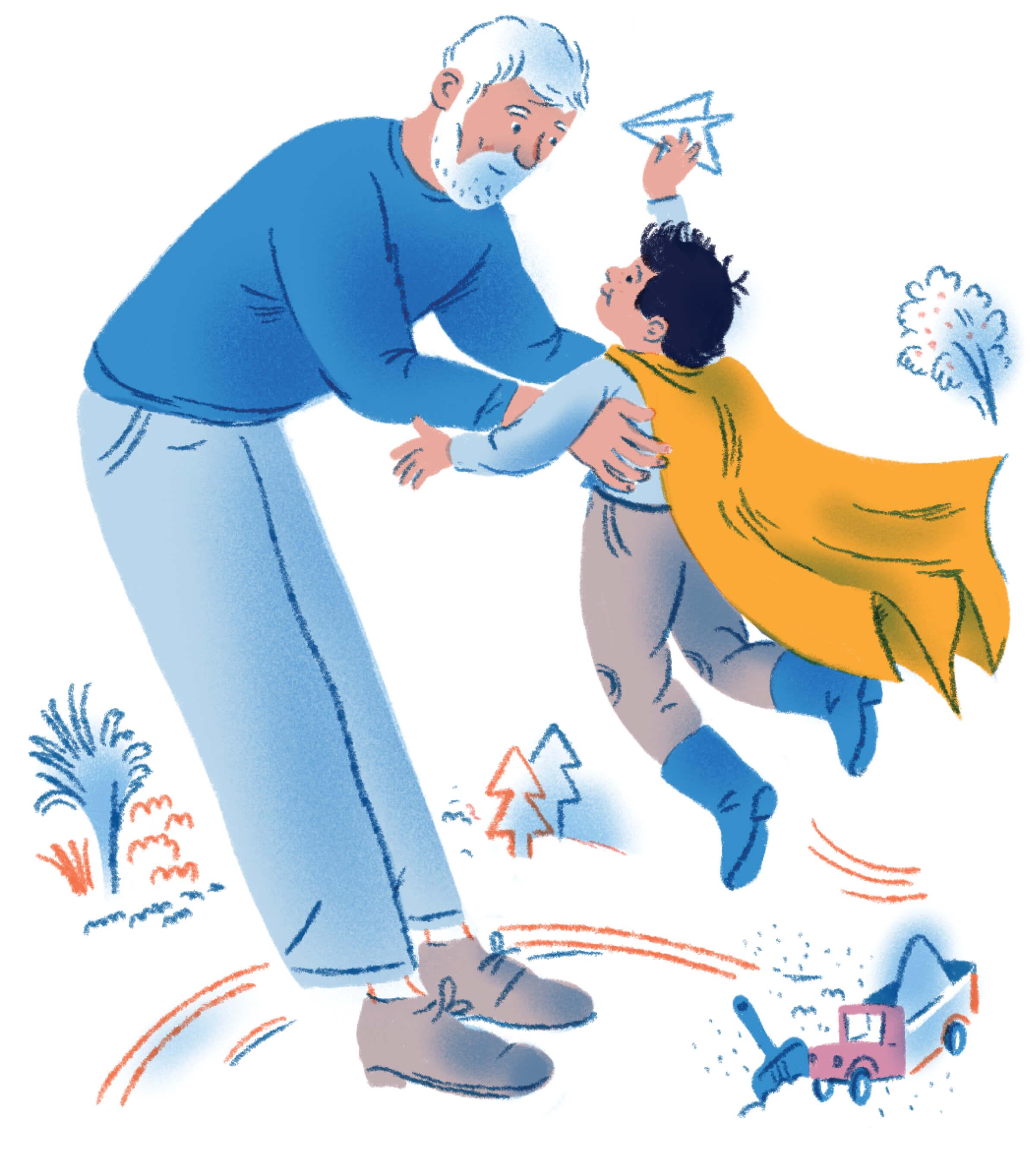
THE ACTIVITY
Lifting Little Ones
BENDING DOWN to pick something (or someone) up requires strength and flexibility in what’s known as the posterior chain muscles (lower back, hamstrings and buttocks). This exercise stretches and strengthens those muscles and helps maintain flexibility in your hips as well, and will make any activity that involves bending down easier.
THE EXERCISE
Hip Hinges

1. Stand with your feet hip-width apart, knees slightly bent, a light dumbbell in each hand, palms facing your thighs. Gently tighten your core and buttocks.
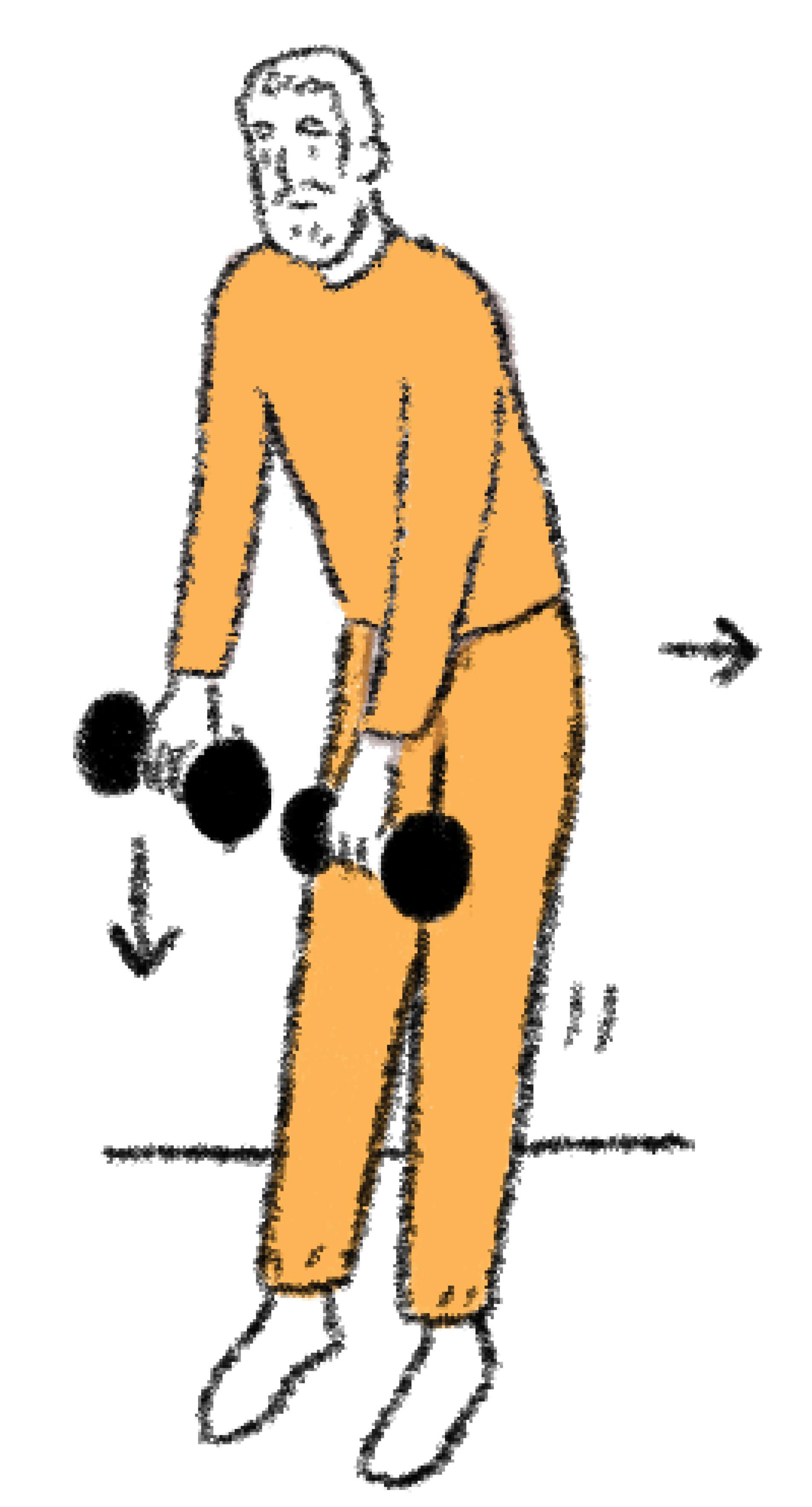
2. Keeping your back straight, bend forward at the hips so your bottom moves backwards; stop once you feel a stretch in the back of your thighs. Reverse the motion by shifting your hips forward; you should straighten up naturally. (Try not to use the muscles of your back.) Squeeze your glutes once you’re back in a standing position. Do the movement 8 to 12 times, rest for 120 seconds, then repeat the exercise twice more.
TIP
“Don’t round your back or excessively bend your knees as you go,” Gatto says. “Doing so can put unnecessary stress on your lower back and minimize the effectiveness of the movement on your hips, glutes and hamstrings.”
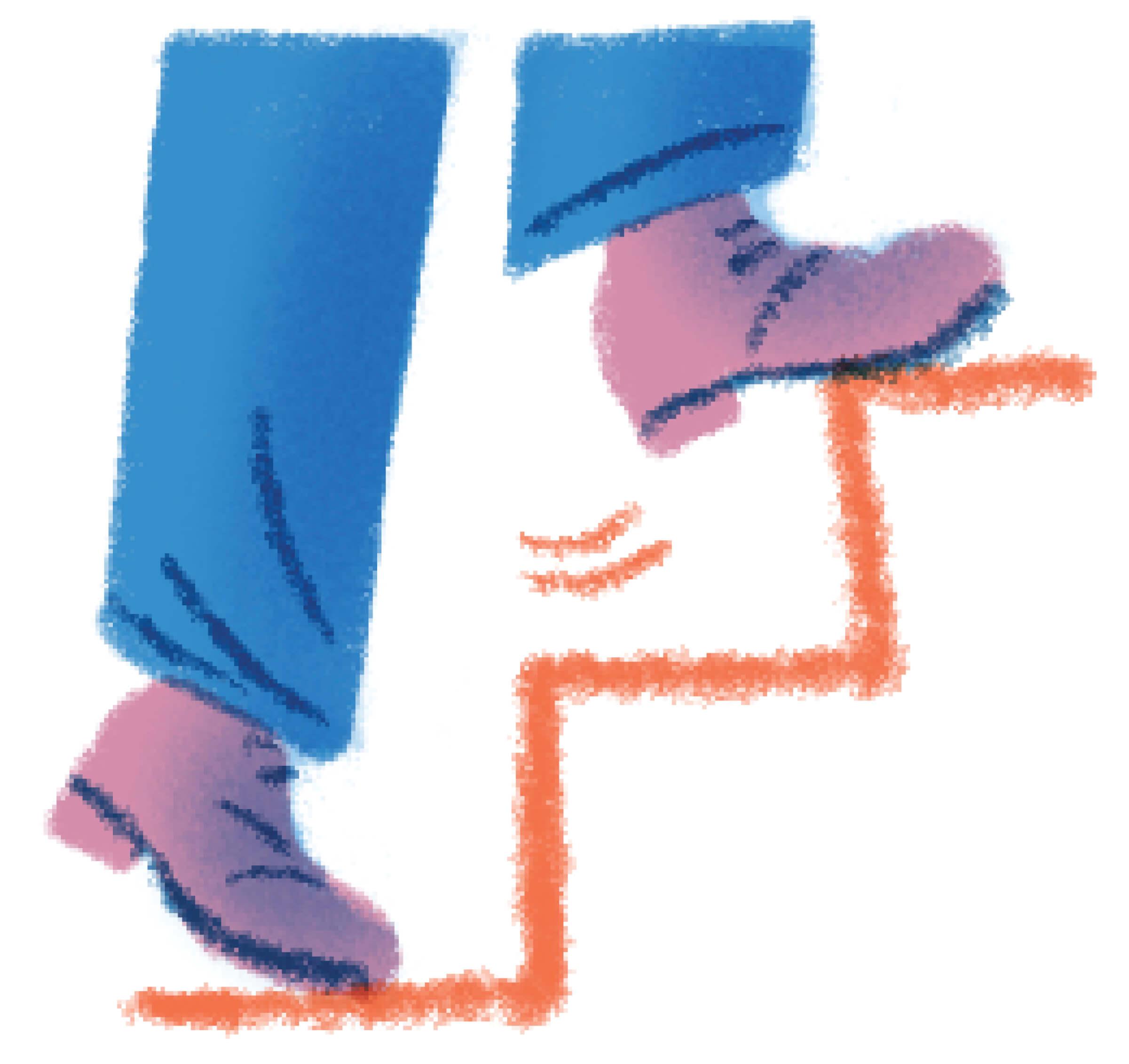
THE ACTIVITY
Climbing the Stairs
CLIMBING STAIRS calls heavily on the quadriceps—the muscles at the front of your thighs—particularly the vastus medialis obliques (or VMOs).
“Your VMOs help stabilize your knees, which is why weakness in this muscle is linked to knee pain walking up and down steps,” Lorenzo says. “Targeting this muscle regularly not only makes climbing stairs more tolerable and less painful, it improves overall knee stability and balance.” The best exercise for these muscles is simply climbing stairs. But if stairs aren’t plentiful where you live, consider adding this exercise into your daily routine.
THE EXERCISE
Lateral Heel Tap
For this exercise, you’ll need a stable object 6 to 12 inches high; you can use the bottom step of the staircase or, if you don't have stairs, a sturdy box or exercise bench. Make sure you’re close to a wall or banister for balance.
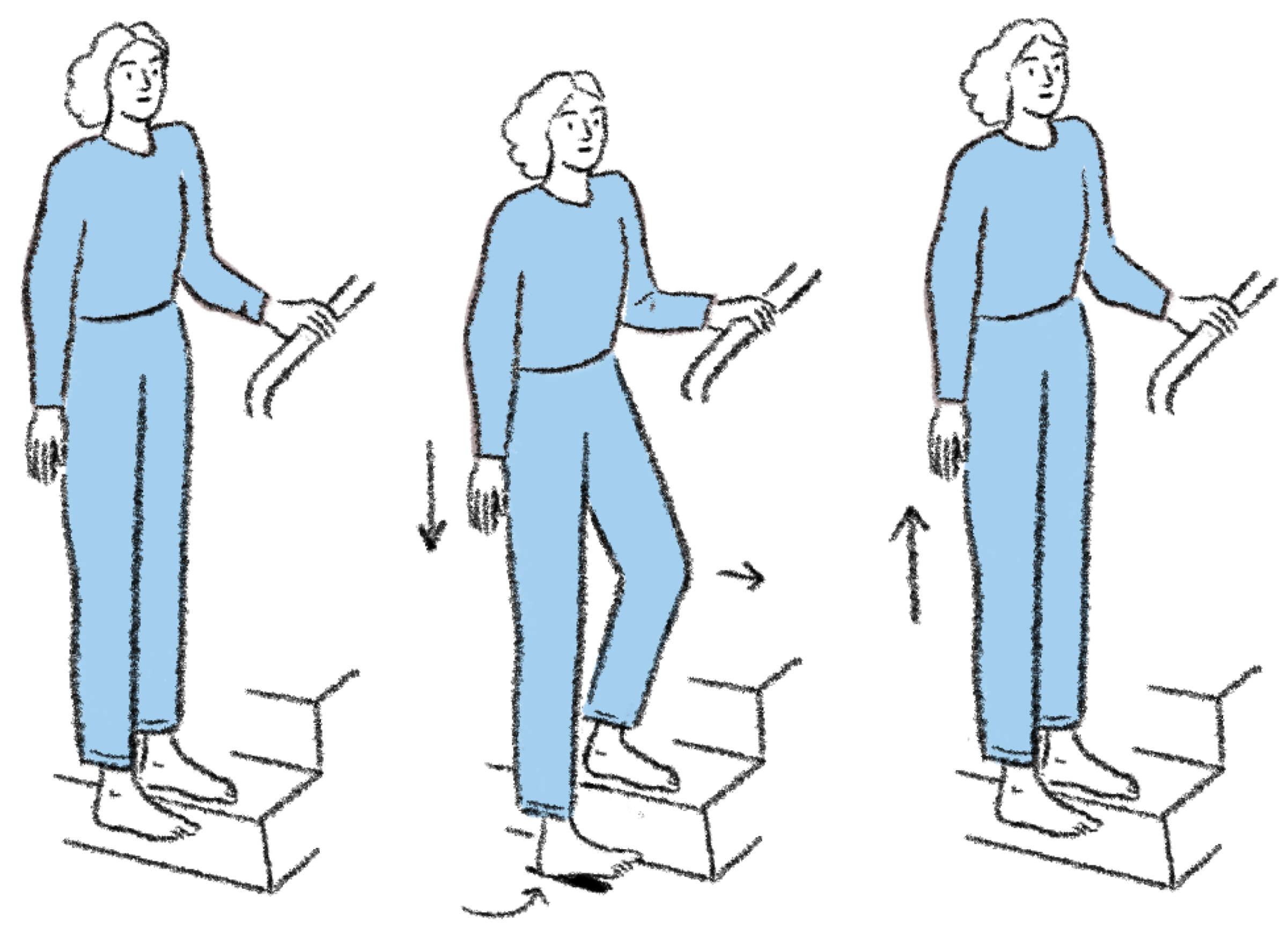
1. Step up and stand with both feet on the bottom step of a staircase. Now turn your entire body 90 degrees to the right, keeping your left foot flat on the step, but allowing your right foot to hang off it—all of your body weight should be shifted onto your left leg.
2. Keeping your back straight, bend your left leg slightly and lightly touch your right heel to the floor, then stand back up. Repeat for as many repetitions as possible until fatigued. (Stop when you could maybe do 2 more.)
3. Rest until you feel fully recovered, then switch positions (right foot flat on the step, left foot hanging off of it) and repeat the exercise. Perform 2 to 3 sets of the move with each leg.
TIP
As you get stronger, you can hold a light weight in your hand on the side that’s dangling off the step. So, left foot on the step, right foot dangling, weight in your right hand. Switch the weight to the other side when you switch feet.
Myatt Murphy has written more than a dozen books on health and fitness.

MEMBERS ONLY
For more information on how to perform these exercises, go to aarp.org/fitforthefuture.